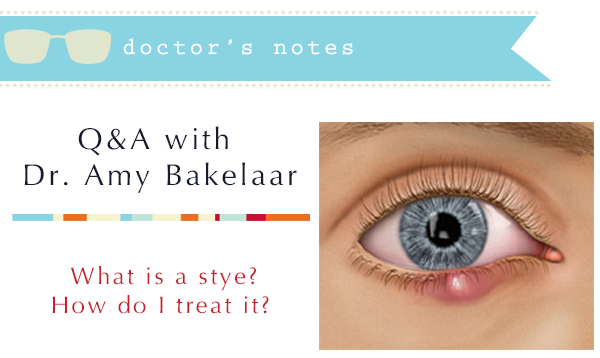Why are my eyes so DRY?!
/This is a very common question that is heard by optometrists all across Alberta, especially during the winter season when furnaces blow dry air and the cold sucks all the moisture from the air.

We live in a desert environment which only makes our dry eyes even drier.
However, some people are more at risk for dry eye than others. If dry eyes are not addressed in the early stages it may lead to generalized discomfort, intolerance to contact lenses, delayed healing time from ocular surgeries, and can lead to reduced vision and cause corneal scarring.
Patients at increased risk for dry eyes include contact lens wearers, computer users, diabetic patients, patients with allergies or asthma, patients taking medications such as hormone replacements or anti-depressants, post-surgery patients (including cataract surgery and LASIK), patients with arthritis or auto-immune diseases and even those who wear CPAP devices for sleep apnea.
Our optometrists can help you diagnose and manage dry eyes by assessing your tear film and eyelid margins including your tear glands. We can recommend which type of eye drop would be most effective for you and ways to improve tear flow using warm compresses and vitamin supplements. We can even recommend a prescription drop, Restasis, which can aid greatly in improving your symptoms.
Don't suffer alone in silence, we can help you manage your burning, itchy, water and uncomfortable eyes!

































